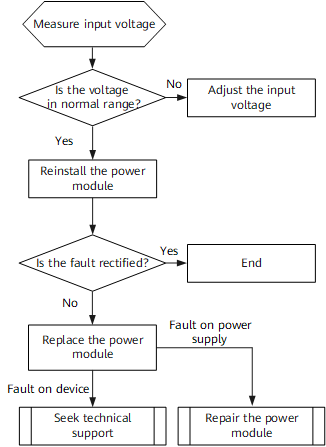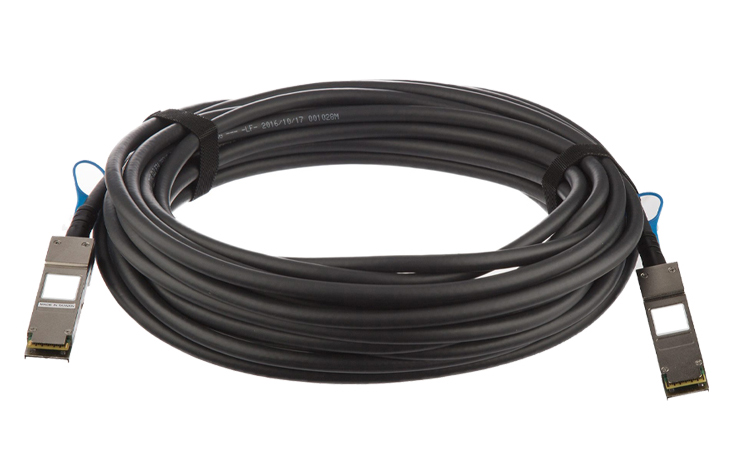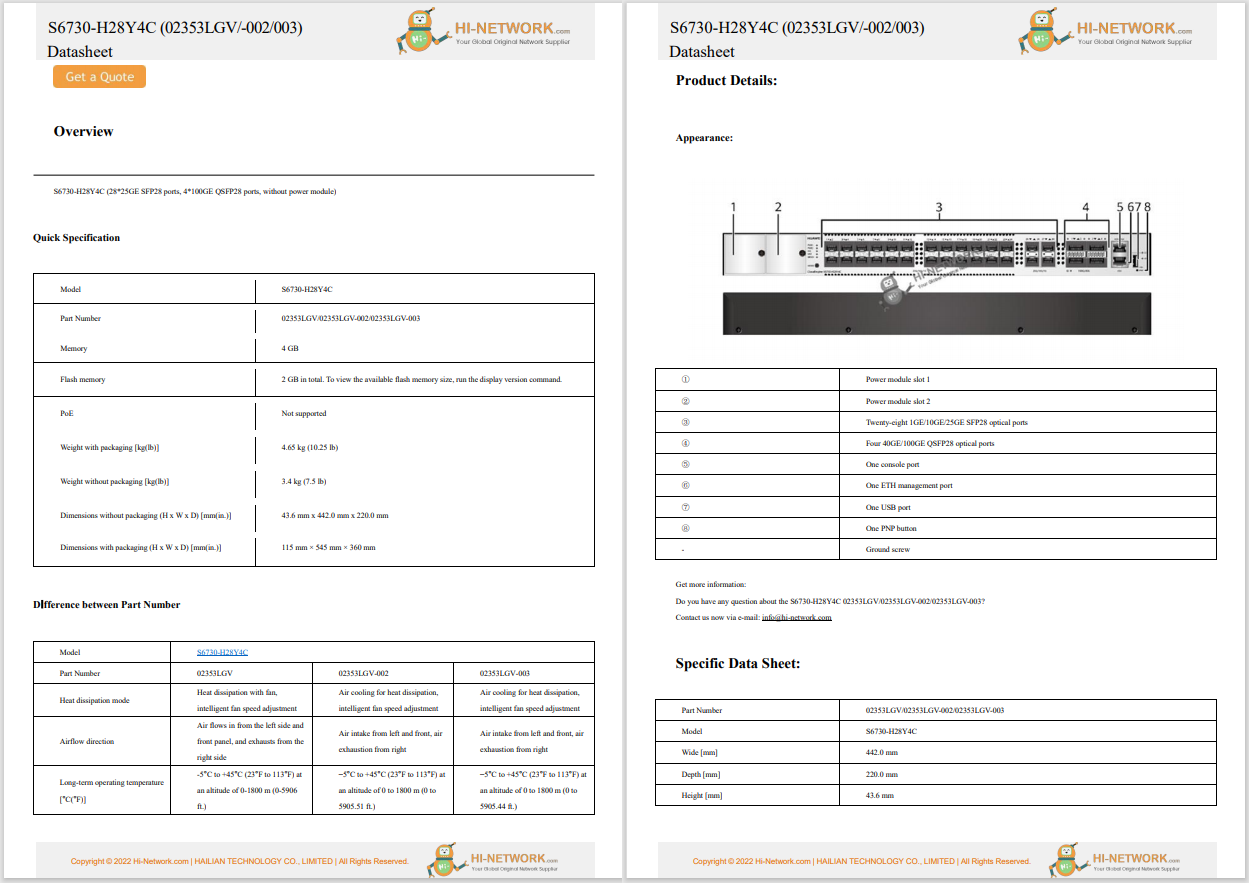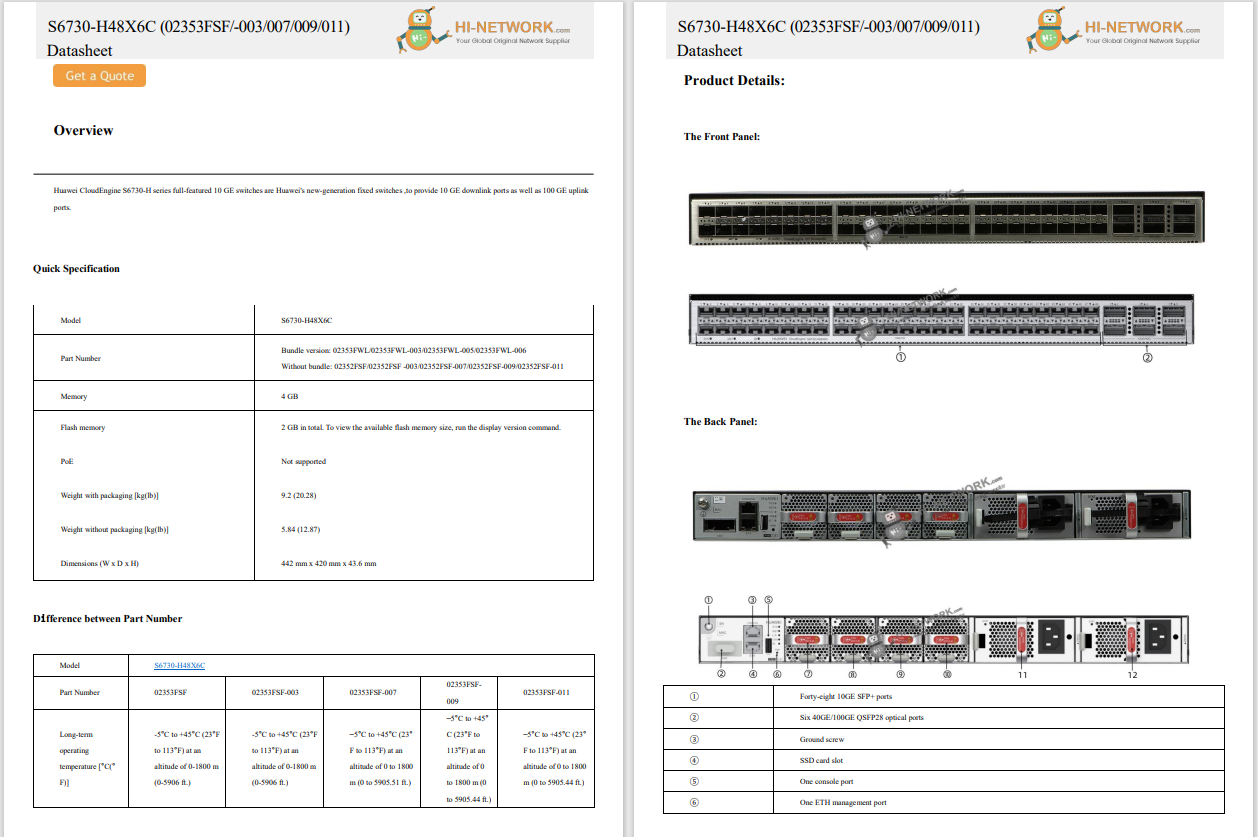
































With dozens of image generators on the market that can produce hyper-realistic pictures from text prompts, many developers have started tackling a new challenge: video generation. AI lab Odyssey has launched a video generator that unlocks a new kind of interactive experience.
Also: Hume's new EVI 3 model lets you customize AI voices - how to try it
On Wednesday, Odyssey launched a research preview of its first interactive video experience, which generates video entirely by AI in real time. Viewing and navigating this interactive video is similar to walking through a video game, using your keyboard, controller, and eventually audio.
Introducing AI video you can watch and interact with, in real-time!
- Odyssey (@odysseyml) May 28, 2025
Powering this is a new world model that imagines and streams video frames every 40ms(!). No game engine in sight.
We call it interactive video, and it's free for anyone to try right now (GPUs permitting)! pic.twitter.com/QtADRXCQ8z
Odyssey described this interactive video as a "new medium of storytelling" that opens the door to fresh forms of entertainment with the advent of on-demand video. The company claimed this medium will transform every instance of video content as we know it today. Specifically, the model generates new frames every 40ms.
Also: How to try Veo 3, Google's AI video generator that's going viral on the internet
Powering this experience is a real-time world model, which differs from a traditional video model. A world model generates the next video frame by combining the current state, recent history, and the latest actions. The world model completes this process one step at a time, updating as new actions come in. This autoregressive approach enables real-time interaction and reactivity. A video model, by comparison, generates the full experience in one go, making interactivity impossible.
The architecture of a world model.
There are some instability issues associated with the world model, so the research preview uses a narrow distribution model instead, which was pre-trained broadly on the world and fine-tuned on more specific video data from a smaller set of places.
It is worth noting that the experience is not perfect. Odyssey describes the experience as "exploring a glitchy dream -- raw, unstable, but undeniably new." After putting it to the test myself, I can say the description is fitting. The company aims to create hyper-realistic interactive worlds in the future. Odyssey also previewed its next-generation world model, which appeared to be an improvement over the current version.
Also: Google Flow is a new AI video generator meant for filmmakers - how to try it today
In the 24 hours following its launch, 85,000 streams of interactive video were generated globally, which Odyssey said is equivalent to 250 million video frames. You can try the experience for free.
To try the generator, visit the Odyssey world experience site. You don't even need an account to get started. Just click on what looks like a power button, and then navigate the scene you are dropped into using either the buttons on the screen or your keyboard. You can also click through the "world channel" dial to be transported to different scenes or "worlds". You have two minutes, with 30 seconds per round, and then you can restart the experience.
The experience is a bit eerie as you navigate these desolate environments, and your POV is as if you were walking through them. As mentioned above, the experience is also a bit fuzzy, so it almost resembles what you would experience if you were walking in an upside-down reality in the TV show Stranger Things.
While it may not provide a super-realistic experience, it is noteworthy how the technology can simulate the experience of navigating a world in a video game, with the advantage of being in real-time. To learn more about how the model works, future use cases, potential costs, and more, visit the research preview blog post.
 Hot Tags :
Innovation
Hot Tags :
Innovation